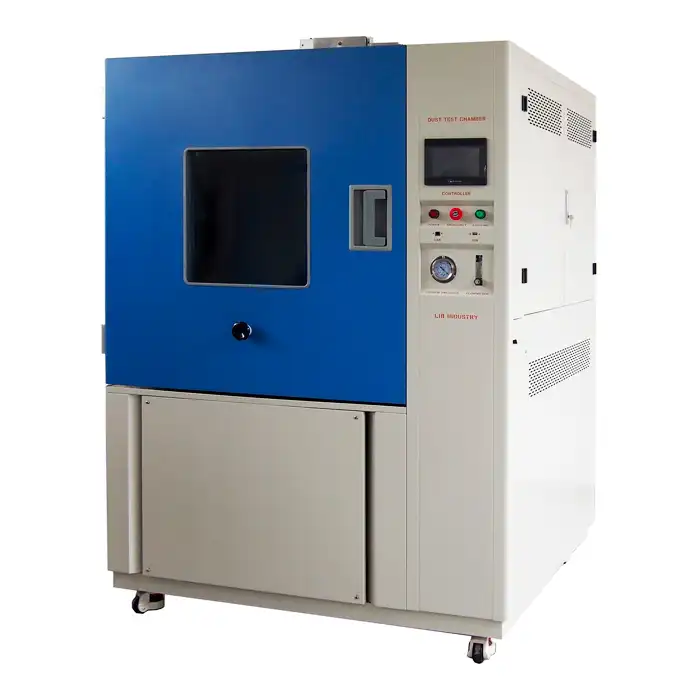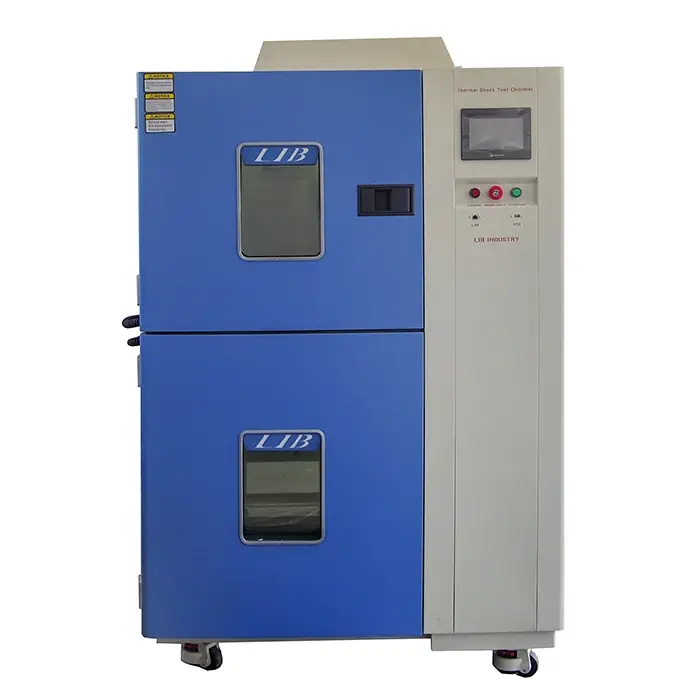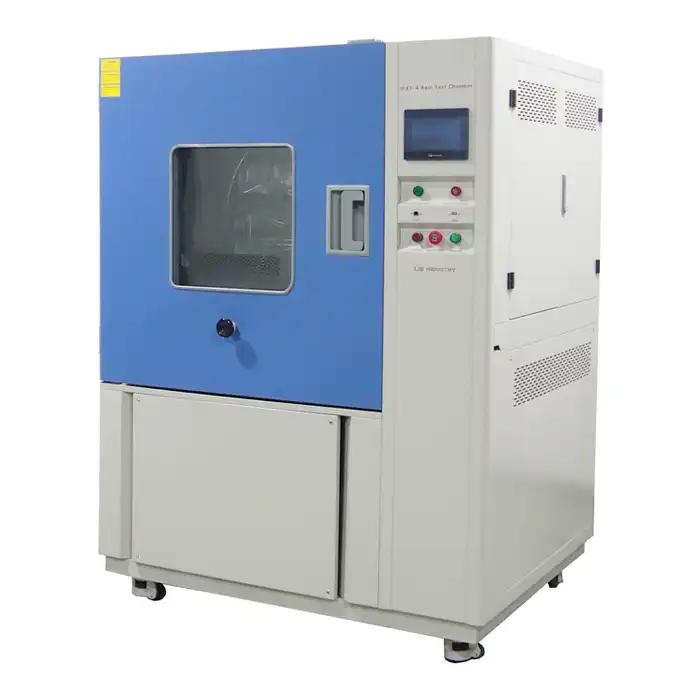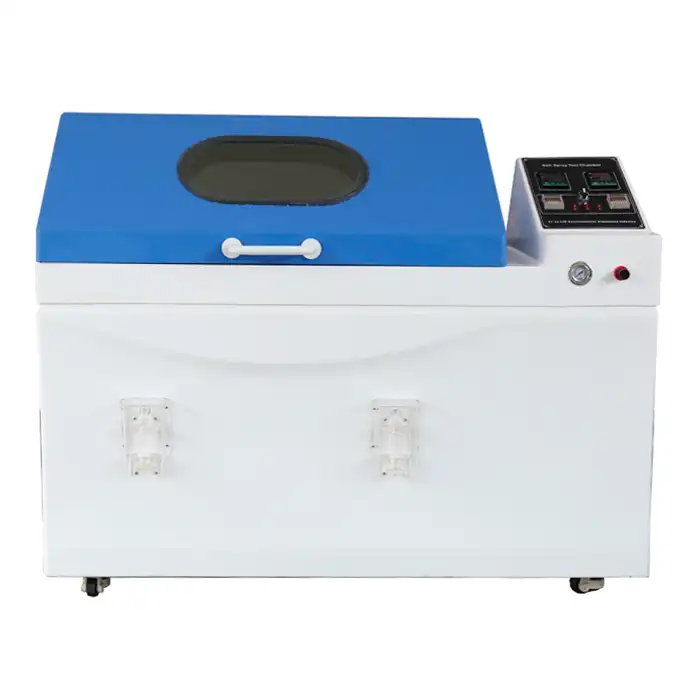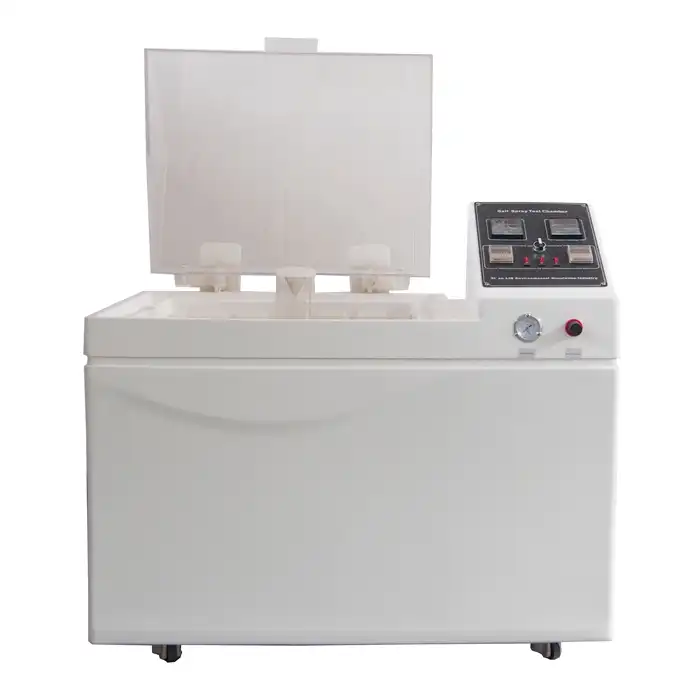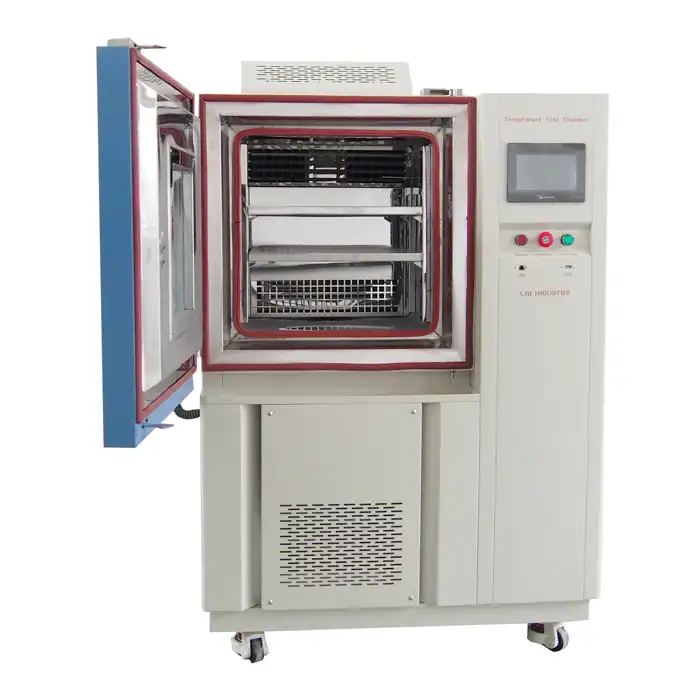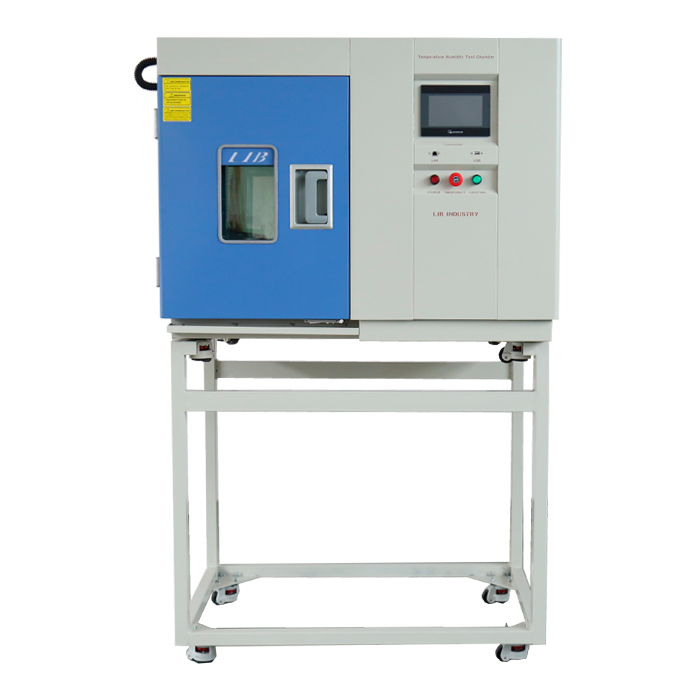What materials can be tested with a UV Weatherometer?
UV Weatherometers are indispensable tools in the realm of material testing, offering invaluable insights into how various substances withstand the relentless assault of ultraviolet radiation. These sophisticated devices, including the UVA313 UVB340 UV Weatherometer, simulate accelerated weathering conditions to evaluate the durability and longevity of a wide array of materials. In this comprehensive guide, we'll explore the diverse range of materials that can be tested using these cutting-edge instruments, shedding light on their applications across multiple industries.

Common Materials Tested in UV Weatherometers
Polymers and Plastics
Polymers and plastics, such as HDPE, PVC, and polycarbonate, are essential in a wide range of industries, including packaging, automotive, and construction. UV Weatherometers, specifically models like the UVA313 UVB340 UV Weatherometer, are vital tools for testing the UV resistance of these materials. By simulating prolonged sun exposure, these weathering tests allow manufacturers to evaluate the durability and performance of plastics over time. The results enable them to refine material formulations, improve resistance to UV degradation, and create long-lasting products that maintain strength, color, and structural integrity in real-world conditions.
Textiles and Fabrics
The textile industry uses UV Weatherometers to test the color fastness, strength, and durability of fabrics under simulated sunlight exposure. Both natural fibers, like cotton and wool, and synthetic fabrics, such as polyester and nylon, are subjected to these accelerated weathering tests. By exposing these materials to UV radiation, manufacturers can identify any signs of fading, weakening, or degradation. This helps in creating high-quality, UV-resistant textiles for various applications, from outdoor clothing and furniture to industrial fabrics, ensuring that products maintain their appearance, performance, and longevity under harsh environmental conditions.
Coatings and Paints
UV Weatherometers are indispensable in the coatings and paint industry. These devices help assess the performance of exterior paints, automotive finishes, and protective coatings under simulated weathering conditions. By subjecting samples to UVA313 and UVB340 radiation, manufacturers can evaluate color stability, gloss retention, and resistance to chalking or cracking. This data is crucial for developing high-performance coatings that provide long-lasting protection against UV degradation.
Advanced Materials Tested in UV Weatherometers
Composite Materials
Composite materials, such as fiber-reinforced polymers and carbon fiber composites, are increasingly used in aerospace, automotive, and construction applications. UV Weatherometers play a vital role in evaluating the long-term performance of these advanced materials. By subjecting composite samples to accelerated weathering tests, engineers can assess UV-induced degradation, delamination, and changes in mechanical properties. This information is crucial for designing durable and lightweight structures that can withstand harsh environmental conditions.
Photovoltaic Materials
The solar energy industry relies on UVA313 UVB340 UV Weatherometer to assess the durability of photovoltaic materials, ensuring they perform optimally over time. Components like encapsulants, backsheets, and protective coatings are tested under simulated UV exposure, using instruments such as the UVA313 and UVB340. These rigorous tests help manufacturers evaluate how these materials react to long-term sun exposure, providing critical insights into their ability to maintain solar panel efficiency, reliability, and structural integrity throughout their lifespan in outdoor environments.
Nano-engineered Materials
As nanotechnology continues to advance, UV Weatherometers are becoming increasingly important in testing nano-engineered materials. These innovative substances, which include nanocomposites and nanocoatings, often exhibit unique properties that can be affected by UV radiation. By utilizing UVA313 and UVB340 UV Weatherometers, researchers can investigate the UV stability of nanomaterials and develop strategies to enhance their resistance to photo-degradation.
Specialized Applications of UV Weatherometers
Automotive Materials
The automotive industry extensively uses UV Weatherometers to test a wide range of materials used in vehicle construction. From interior upholstery and dashboard components to exterior paint and trim, these devices help ensure that automotive materials can withstand years of sun exposure without significant degradation. UVA313 and UVB340 UV Weatherometers are particularly useful in evaluating the performance of advanced polymers and composites used in modern vehicle designs.
Building and Construction Materials
UV Weatherometers play a crucial role in testing building and construction materials designed for outdoor use. Roofing materials, siding, window treatments, and sealants are all subjected to accelerated weathering tests to evaluate their long-term performance. By simulating years of UV exposure in a controlled environment, manufacturers can develop more durable and sustainable building products that maintain their appearance and functionality over time.
Aerospace Materials
The aerospace industry relies on UVA313 UVB340 UV Weatherometer to test materials used in aircraft and spacecraft construction. These devices help evaluate the UV resistance of specialized coatings, adhesives, and composite materials used in high-altitude and space applications. By subjecting samples to intense UV radiation, engineers can ensure that aerospace materials maintain their structural integrity and protective properties under extreme conditions.
Conclusion
UV Weatherometers, including UVA313 and UVB340 models, are versatile instruments capable of testing a vast array of materials across numerous industries. From common plastics and textiles to advanced composites and nanomaterials, these devices provide crucial data on UV resistance and long-term durability. By leveraging the power of UV Weatherometers, manufacturers and researchers can develop more resilient, sustainable, and high-performance materials that withstand the test of time and environmental exposure.
Contact Us
For more information about UVA313 UVB340 UV Weatherometer and comprehensive environmental testing solutions, contact LIB Industry at info@libtestchamber.com. Our team of experts is ready to assist you in selecting the right testing equipment for your specific material evaluation needs.
References
1. Johnson, A. R., & Smith, B. L. (2019). Advanced Materials Testing: Principles and Applications of UV Weatherometers. Materials Science Journal, 45(3), 287-302.
2. Zhang, X., & Lee, Y. H. (2020). UV Weathering Effects on Polymer Composites: A Comprehensive Review. Polymer Degradation and Stability, 176, 109148.
3. Patel, M., & Rodriguez, F. (2018). Accelerated Weathering Techniques for Textile Materials: Advancements and Challenges. Textile Research Journal, 88(15), 1756-1772.
4. Chen, L., & Wang, R. (2021). Application of UVA313 and UVB340 Weatherometers in Photovoltaic Material Testing. Solar Energy Materials and Solar Cells, 225, 111018.
5. Nakamura, S., & Brown, K. (2017). UV Resistance of Nano-engineered Coatings: Insights from Accelerated Weathering Studies. Nanotechnology, 28(35), 355702.
6. Thompson, E. L., & Garcia, C. M. (2022). UV Weatherometer Testing in the Aerospace Industry: Current Practices and Future Directions. Journal of Aerospace Engineering, 35(2), 04021097.



